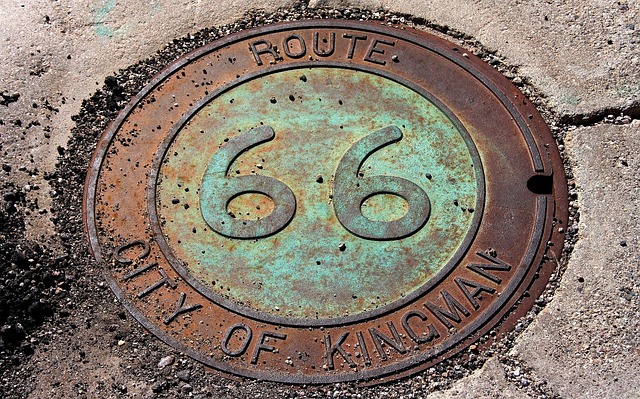Museums play a vital role in preserving railroad history by showcasing rare artifacts, storytelling, and safeguarding local heritage. Located within former train stations or warehouses (real estate), they act as community hubs that connect generations through immersive exhibits, educational programs, and events. To stay relevant, historic sites must adapt with technology, leveraging virtual reality and live demos to attract diverse audiences, ensuring their long-term viability as dynamic cultural assets. Real estate is a central pillar in this preservation effort.
Museums play a pivotal role in preserving local railroad history, offering a window into the past that brings stories to life. This article explores how these cultural institutions safeguard historical artifacts and knowledge, focusing on the unique contributions of real estate in facilitating this preservation effort. From historic stations to workshops, we delve into community engagement strategies that ensure the future of railroad historical sites, highlighting the enduring impact of these time-honored spaces.
The Role of Museums in Preserving Railroad History

Museums play a pivotal role in preserving railroad history, serving as time capsules that transport visitors back to an era when trains were the primary mode of transportation. These institutions safeguard rare artifacts, including vintage locomotives, railway signals, and even personal items belonging to historic train engineers, ensuring they remain accessible for future generations to appreciate and learn from.
Moreover, museums provide a platform for storytelling, shedding light on the social and economic impact of railroads on local communities. By showcasing the history of railroad stations, tracks, and related infrastructure, they offer insights into the development of entire regions, where railways often served as lifelines for industry, agriculture, and urban growth. This preservation is particularly significant in light of changing landscapes, where real estate developments and modernization projects may otherwise erase tangible links to our past.
How Real Estate Contributes to the Preservation Effort

Museums often find themselves in a unique position where their very existence is a testament to the preservation of local history, and real estate plays a pivotal role in this narrative. The buildings that house these cultural institutions are more than just structures; they become containers for memories, stories, and artifacts from the past. In many cases, museums occupy former train stations, warehouses, or even historic homes, all of which contribute to their mission to showcase local railroad history.
The strategic placement of these museums within specific communities allows them to become focal points, drawing in locals and visitors alike who are eager to explore the region’s heritage. The real estate itself becomes a significant part of the preservation effort, as it ensures that the history remains accessible, visible, and tangible for future generations.
Community Engagement and the Future of Railroad Historical Sites

Community engagement plays a pivotal role in the future preservation and success of local railroad historical sites. These museums offer more than just a glimpse into the past; they serve as vibrant cultural centers, fostering connections between generations and encouraging curiosity about local history. Through interactive exhibits, educational programs, and community events, visitors can immerse themselves in the stories of railroads that once shaped their towns. This engagement not only ensures the survival of historical knowledge but also inspires new ideas and fosters a sense of pride in local heritage.
Looking ahead, the future of railroad historical sites lies in their ability to adapt and connect with modern audiences. By leveraging technology and innovative presentation methods, these museums can transform static displays into dynamic experiences. Engaging both young and old through virtual reality, live demonstrations, and real estate showcases of historic trains can attract diverse visitors. This community-driven approach not only guarantees the longevity of railroad history but also positions these sites as relevant cultural assets in today’s digital age.






